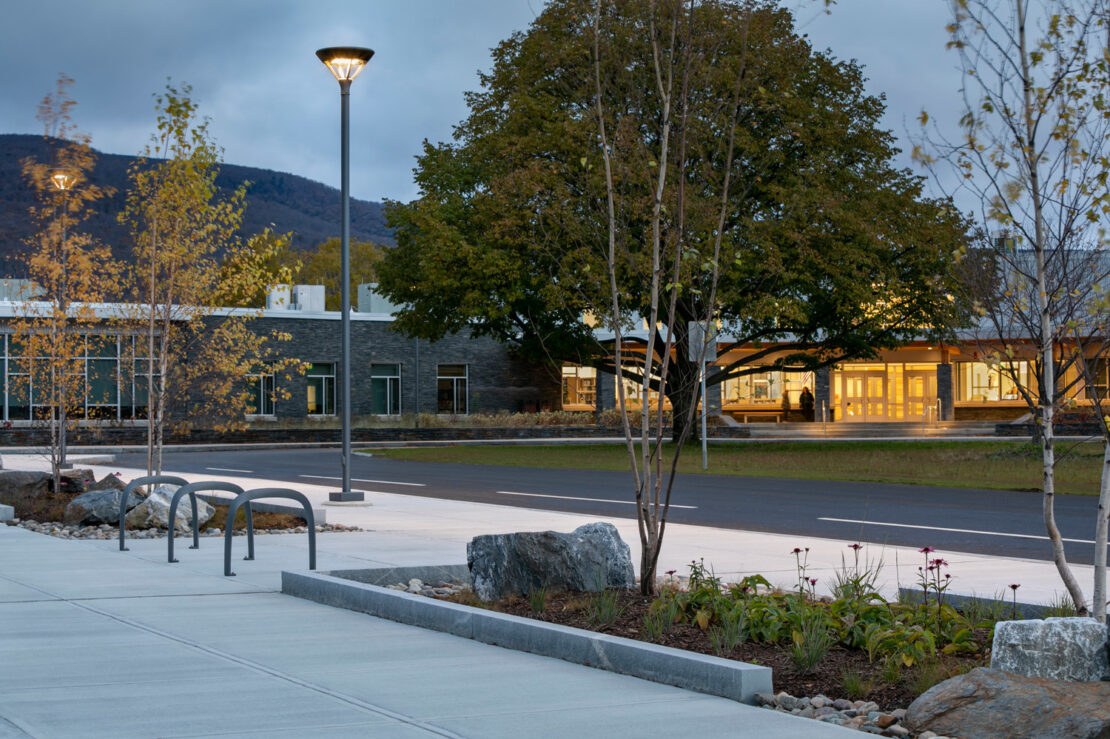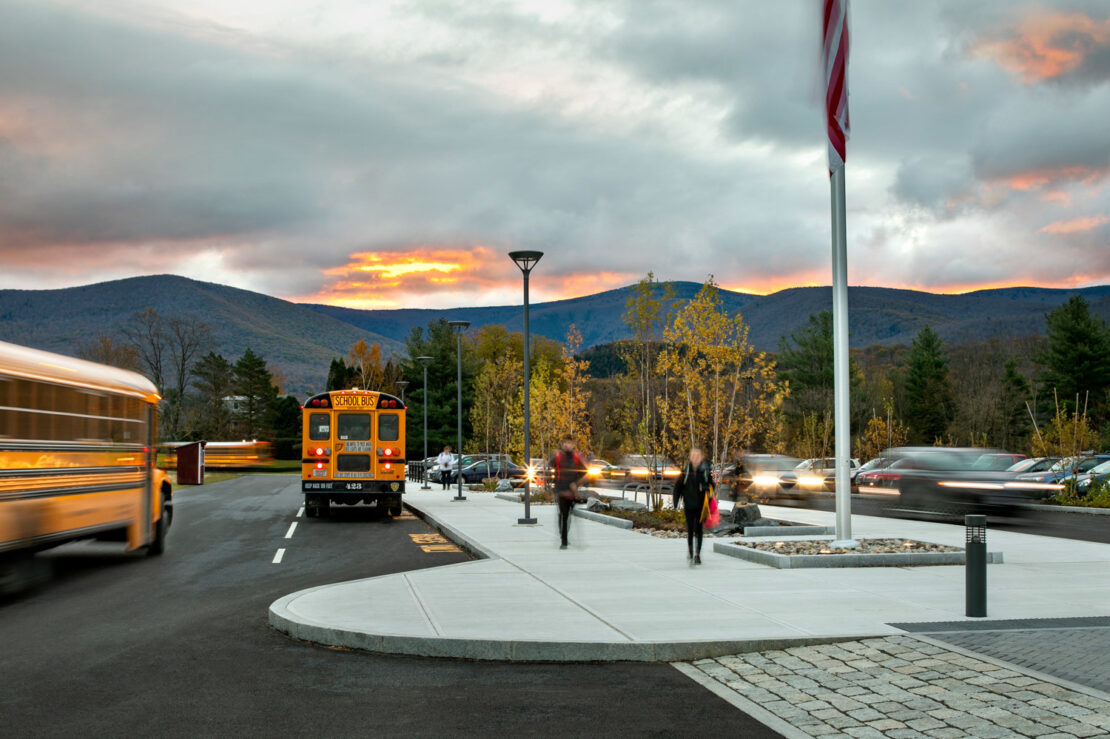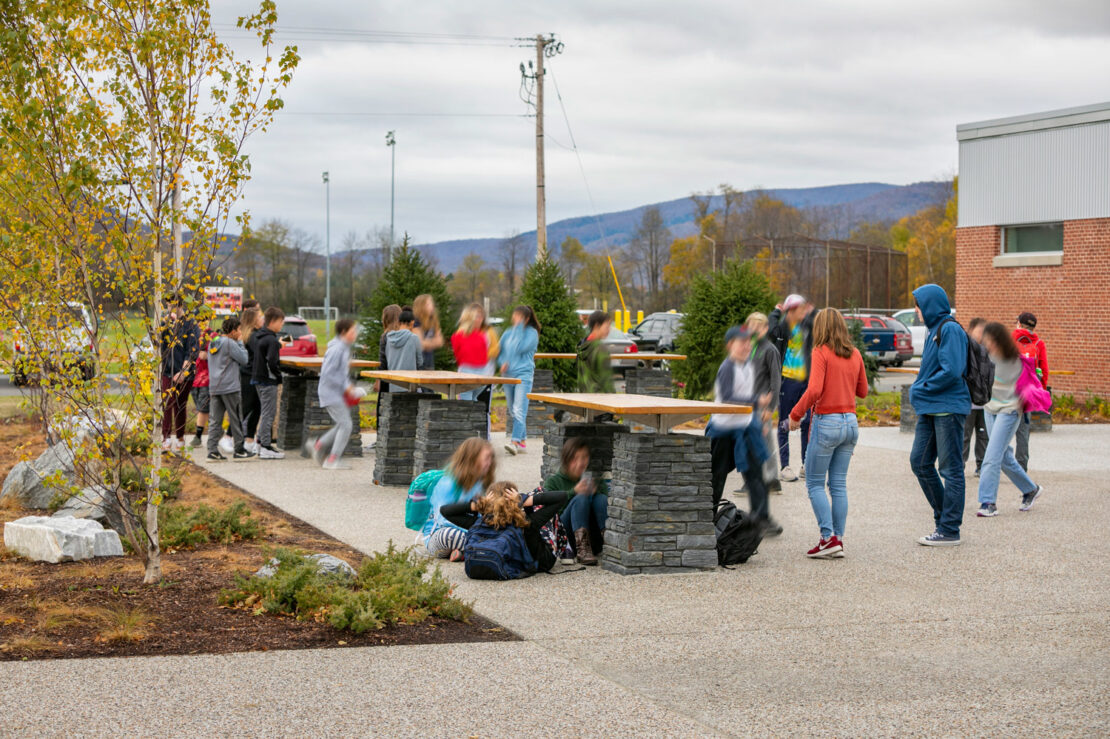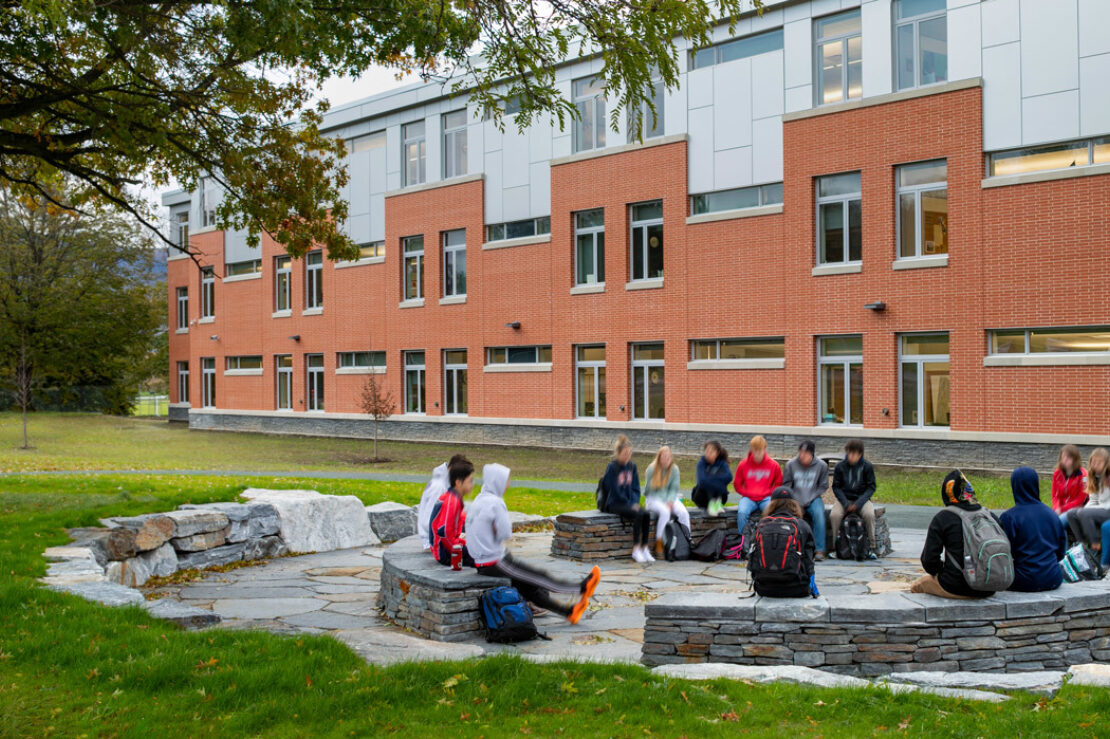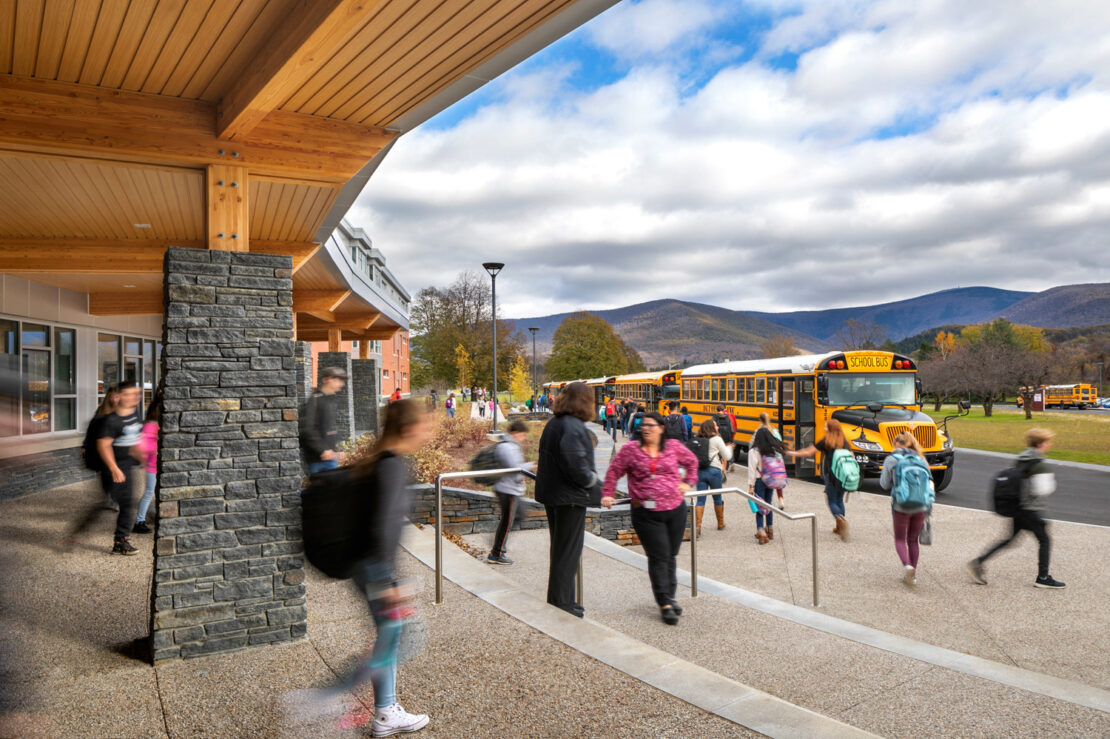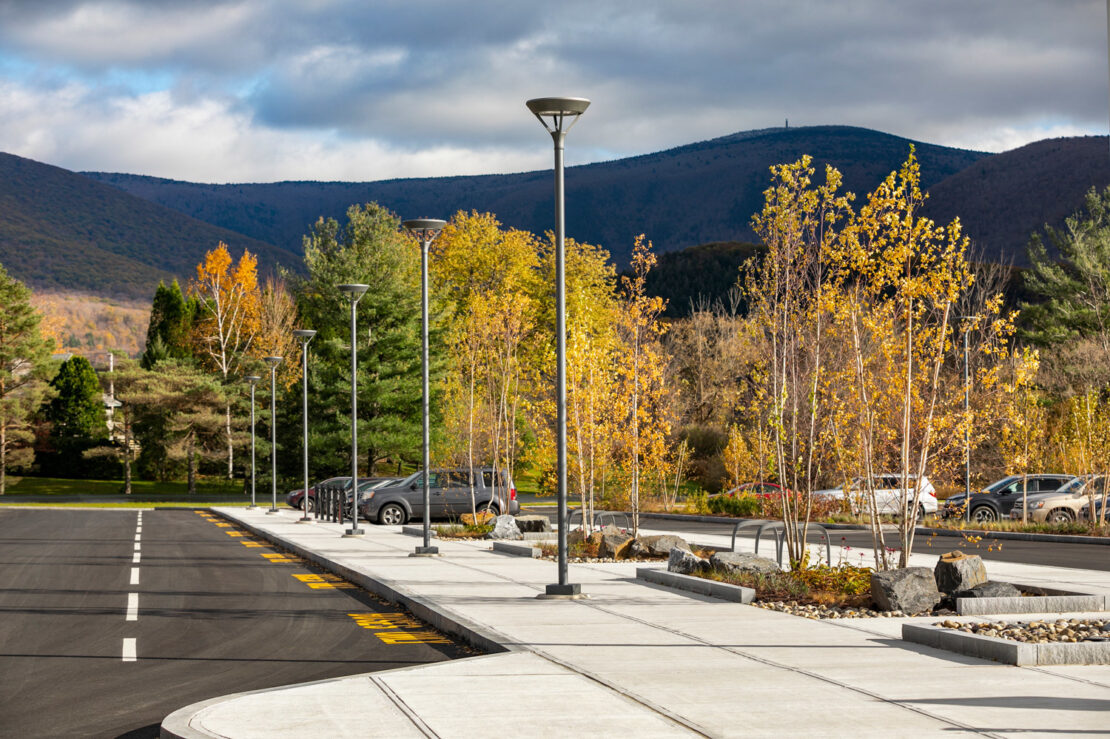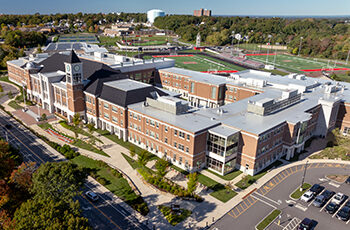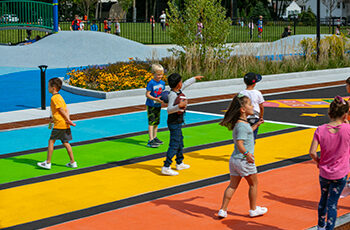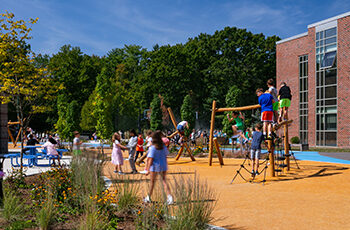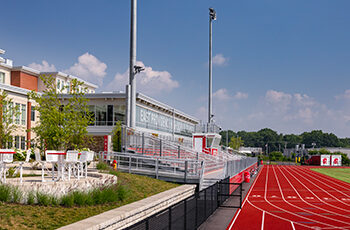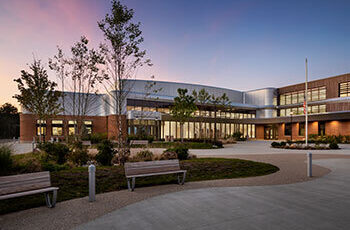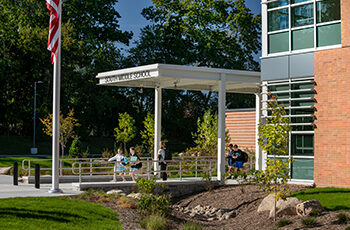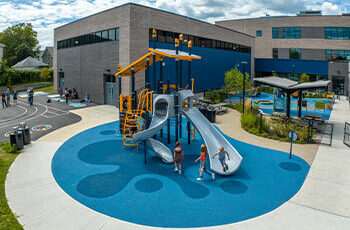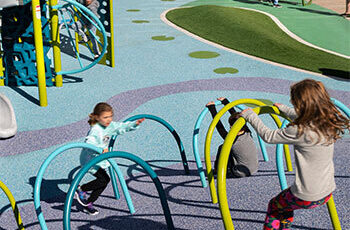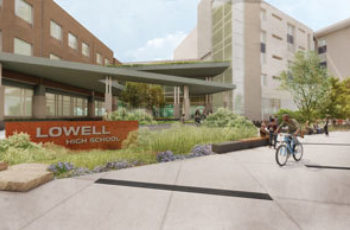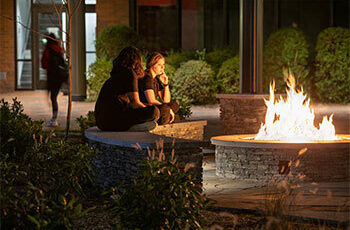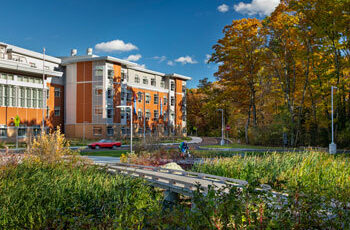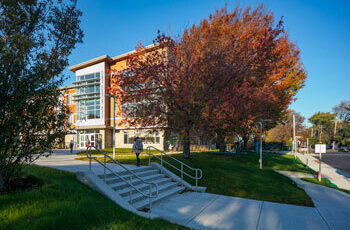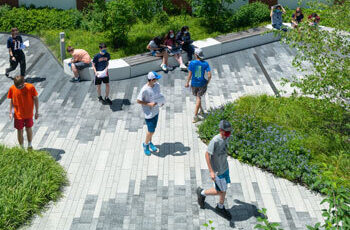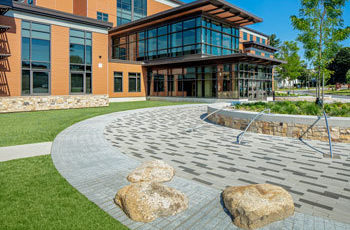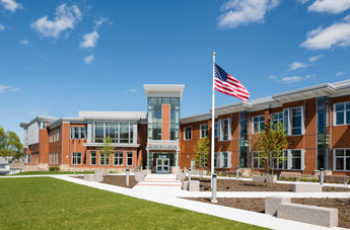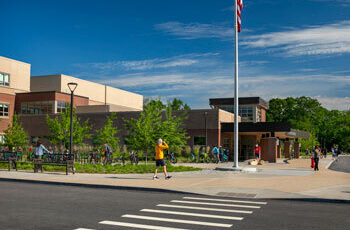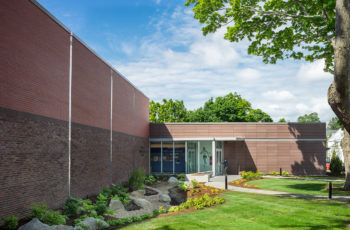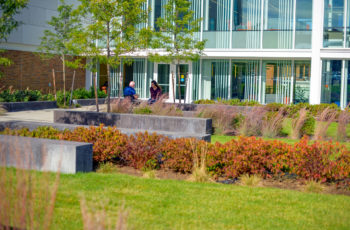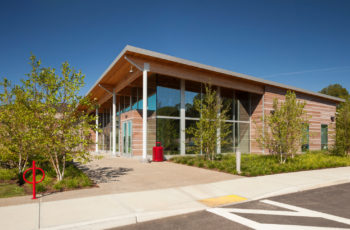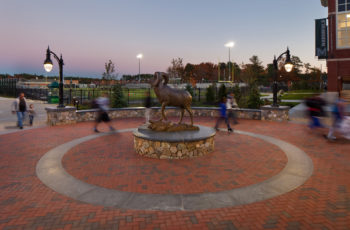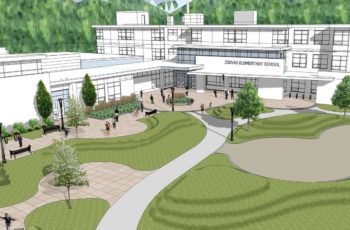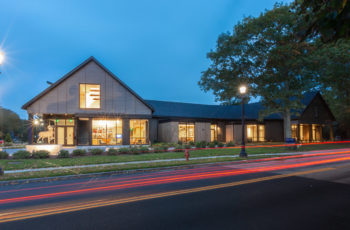Transforming the Learning Experience Through the Power of Landscape
Williamstown, MAOverview
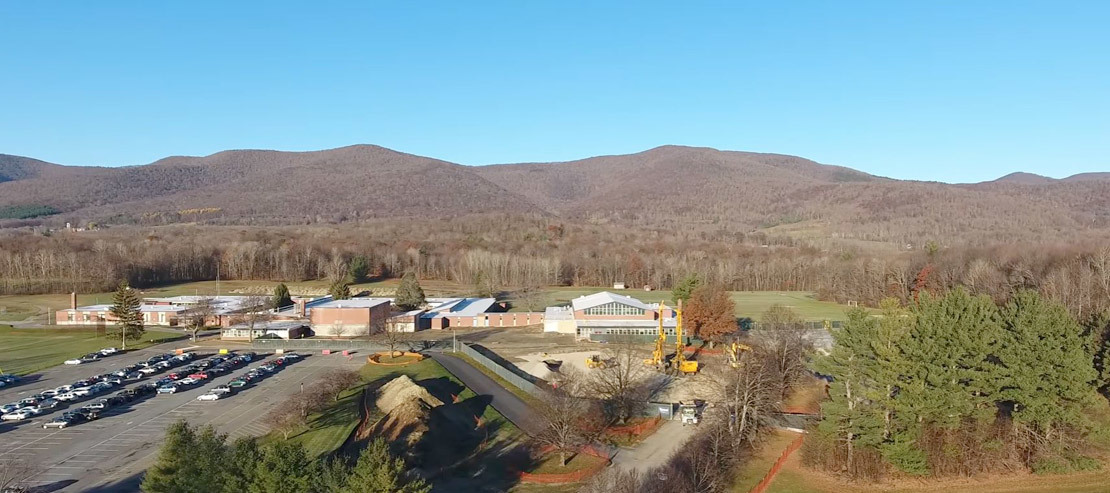
The Challenges
The administration and the community wanted the building’s exterior to work as an extension of the physical school, promoting learning and growth through the creation of spaces aesthetically and ecologically fused with the native surroundings. Traverse worked with the design team and the client to reach this directive and established a set of goals for the project.
- Create a campus that embodies the unique sense of place
- Accentuate the views around the site
- Design flexible outdoor spaces for multiple uses
- Create a simple yet impactfull layout featuring locally sourced materials
- Set definitive project limits to minimize impacts to the existing site

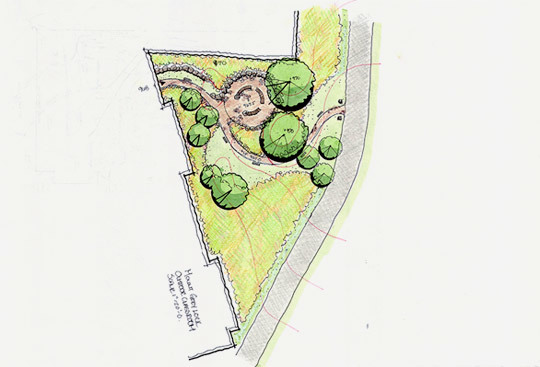
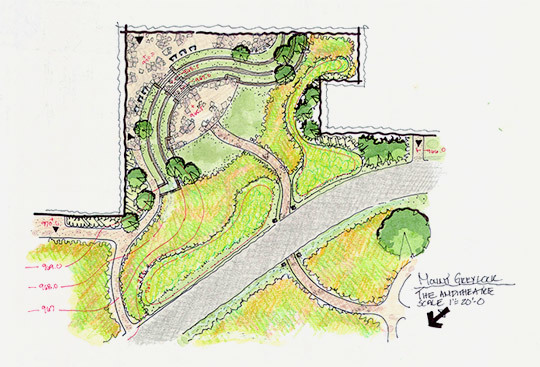
The Solutions
Traverse met these goals by designing three key areas that provide flexible spaces for outdoor learning, performance, dining, and gathering.
Traverse worked with the design team to site the new classroom wing to take advantage of the north and south facing views of the mountains. The front entry includes a curved wall and canopy facing south and east, taking advantage of the morning sun. Stone walls and curved steps lead up to the front entrance with plenty of room for a plethora of students entering and exiting school as well as an exterior patio with seating for outdoor dining.
We specified locally sourced natural materials including wood and stone. These materials extend both inside and outside of the building to showcase and highlight the fact that the exterior is an extension of the physical school. Wood salvaged from the site were re-purposed as benches and used on a feature wall within the lobby. Landscape boulders and stone walls were sourced from a local quarry to showcase the unique geologic formations that are present in the Berkshires.
Mature trees were protected where possible. Based on a tree inventory that Traverse prepared, we identified key existing trees for protection to help visually knit the new 3-story class wing into the surrounding expansive site.
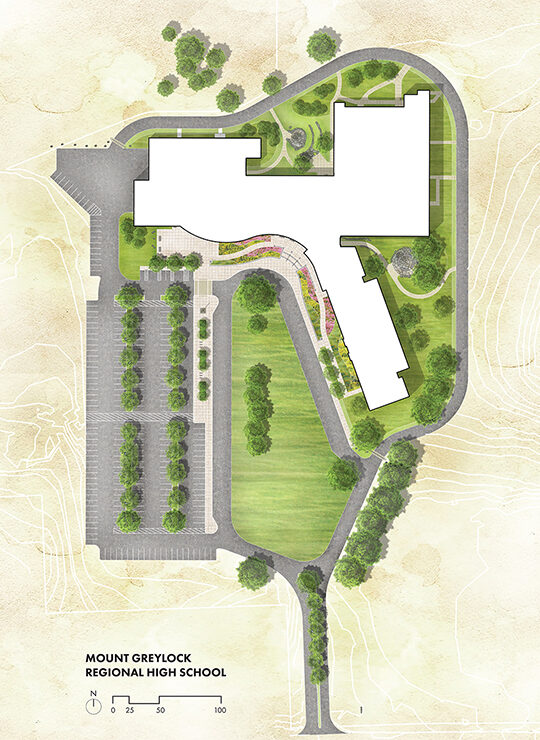
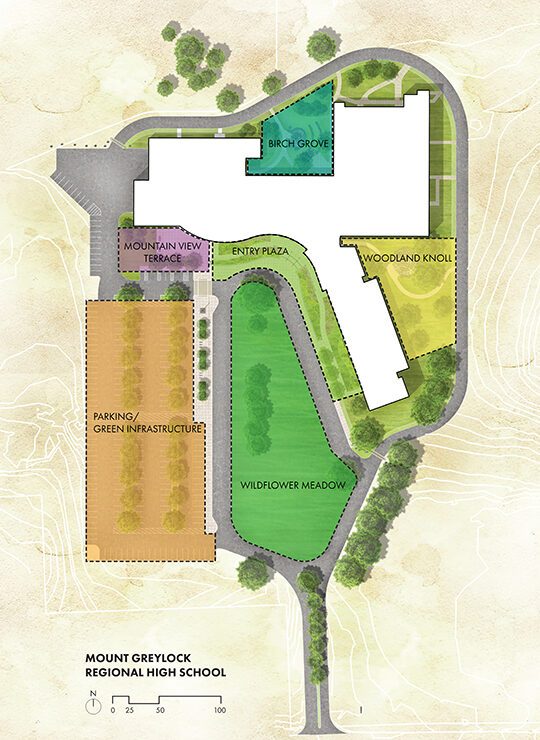
The Result
Traverse was involved in the Feasibility Study, Schematic Design, Design Development, Construction Documents and Construction Administration from 2015 through 2019.
The total project area disturbed was approximately 19 acres of the total 115-acre property. This corresponded to the LEED project boundary, which impacts credits towards LEED Silver designation.
The disturbed landscape will be restored and the establishment of more meadow areas will reduce mowing requirements and stabilize soils, while providing habit and foreground interest as people take in the mountain views in the distance.
Similar Projects
Client or Traverse attribution here










